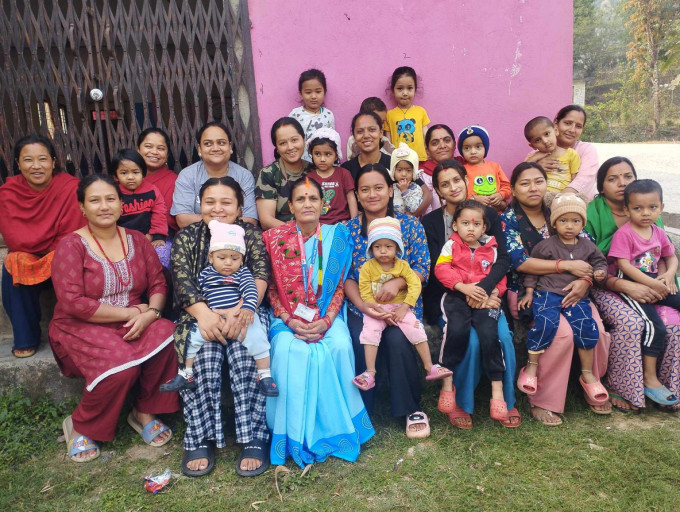Living in a more walkable area, according to a new study, lowers the incidence of obesity-related cancers in women, especially postmenopausal breast cancer, but also ovarian cancer, endometrial cancer, and multiple myeloma.
The findings are published in the journal Environmental Health Perspectives.
Obesity has been associated with an increased risk of 13 different forms of cancer in women, and physical activity, regardless of body size, reduces the risk of some of these malignancies.
Neighbourhood walkability refers to a set of urban design elements that encourage pedestrian activity, boost total physical activity, and are related to a lower BMI.
Long-term investigations evaluating neighbourhood walkability and the incidence of obesity-related cancer were, however, scarce until now.
Women who resided in neighbourhoods with higher walkability levels, as measured by average destination accessibility and population density over approximately 24 years of follow-up, had a lower risk of obesity-related cancers, particularly postmenopausal breast cancer. However, moderate protective associations were also found for endometrial cancer, ovarian cancer, and multiple myeloma. Women who had lived in areas with the highest levels of neighbourhood walkability (the top 25 per cent of walkability) had a 26 per cent lower risk of obesity-related cancers compared to those who lived in neighbourhoods in the lowest 25th per cent of walkability.
"These results contribute to the growing evidence of how urban design affects the health and well-being of ageing populations," said Andrew Rundle, DrPH, professor of epidemiology at Columbia Mailman School.
Individual-level interventions to increase physical activity and reduce obesity are costly and often have only short-term effects, according to Rundle and colleagues.
"However, urban design can create a context that promotes walking, increases overall physical activity, and reduces car dependency, which could lead to subsequent improvements in preventing diseases attributed to unhealthy weight," Rundle observed.
"We further observed that the association between high neighbourhood walkability and lower risk of overall obesity-related cancers was stronger for women living in neighbourhoods with higher levels of poverty," said Sandra India-Aldana, PhD, Icahn School of Medicine at Mount Sinai, and lead author.
"These findings suggest that neighbourhood social and economic environments are also relevant to the risk of developing obesity-related cancers."
The researchers studied 14,274 women between the ages of 34 and 65 and recruited at a mammography screening centre in NYC between 1985 and 1991 and followed them over nearly three decades.
They measured neighbourhood walkability in the participant's residential census tract throughout follow-up and assessed the association between neighbourhood walkability and risk of overall and site-specific obesity-related cancers including postmenopausal breast cancer, ovarian cancer, endometrial cancer, and multiple myeloma.
"Our study is unique in that the long-term follow-up allowed us to study effects of walkability with potentially long latency periods of cancer and we were able to measure neighborhood walkability as the participants moved residences around the country during follow-up," said co-author Yu Chen Ph.D., NYU Grossman School of Medicine.
READ ALSO:









